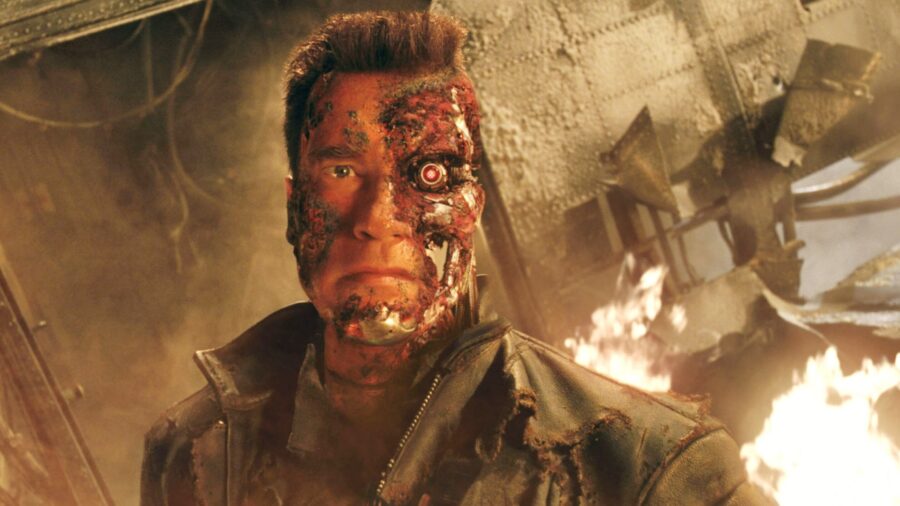Robots Now Know When They Are Damaged And How To Self-Heal
This article is more than 2 years old

When people think about robots, they are often reminded of what some science fiction movies like I, Robot, Lightyear, and Ex Machina have presented to the world over the years. Lately, the science of robotics seems to be taking on new forms, but thankfully we have yet to fully get to the point where robots take on a life of their own, as seen in upcoming movies like James Wan’s M3GAN. According to a report by SYFY, some robots now have the ability to self-heal when their parts get damaged because of work done by researchers at the Organic Robots Lab, which seems straight out of a horrifying science fiction novel come to life.
With work published in the journal Science Advances, researchers at Cornell University have developed a new material that has the ability to detect damage when installed on a robot. With this new technology, that robot will be able to initiate its own self-repair mechanisms and, after a series of tests, one robot, in particular, was able to recover from stab wounds inflicted on its material. The stab wounds on the robot were repaired by the robot itself, and the entire process took only a few minutes to complete.
The process of self-healing for these robots should take place in a space that is room temperature, and the new technology can occur without any human interaction whatsoever. Much like in humans, when one of us gets injured either by accident or in a wartime experience, the robots equipped with self-healing capabilities need time to rest in order to proceed with their tasked duties. Movie-goers are well-versed in some of this if they have watched any of the Transformers movies produced by director Michael Bay, as some of the characters of the franchise have shown the ability to self-repair and also need a bit of rest before getting into battle once again.

The work performed by the researchers at the Organic Robots Lab is a monumental breakthrough, and it shouldn’t be surprising if more television shows and movies reflect these real-world scientific discoveries. Director James Cameron demonstrated some of these abilities when he created Terminator and its sequel Terminator 2: Judgement Day, when the titular robots were able to fix their wounds either with tools or self-healing. More Hollywood productions could soon follow suit since this technology is now an ever-present thing in real-life.
This newfound research will most likely open doors beyond movies and television, with science constantly improving based on the research done at universities like Cornell. With these robots that have self-healing capabilities, skydivers and astronauts might benefit from similar technology when other tools might not be at their disposal in the event of a dangerous occurrence. Parachutes for a variety of skydivers, in particular, might one day have the ability to heal fast without the need for an external tool if it is torn mid-jump, which would revolutionize the industry for both amateur skydivers and parachuting soldiers during wartime efforts.










